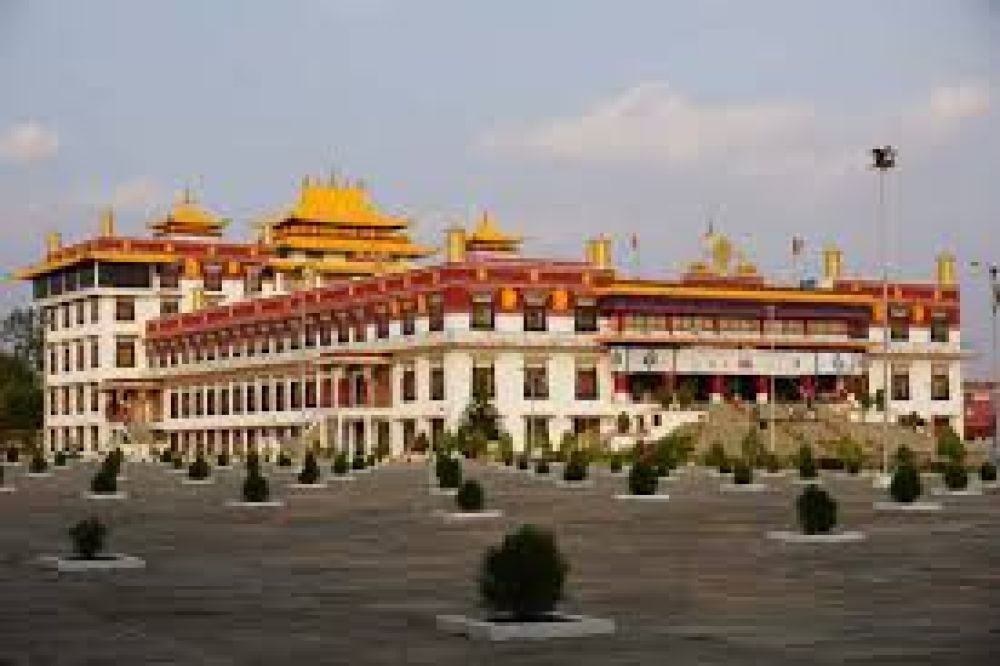

The history of tourism at Drepung Monastery, located in Lhasa, China, has its roots in the early days of exploration and pilgrimage. Historically, Drepung Monastery has been one of the most important monasteries in Tibetan Buddhism. Founded in 1416, it was once the largest monastery in the world and has long been a destination for religious pilgrims. However, wider tourism beyond pilgrimages began to emerge more markedly in the 20th century.
In its early years, Drepung Monastery was primarily visited by devout Buddhists seeking spiritual enlightenment and education. These religious pilgrims journeyed from all over Tibet and the surrounding regions to study and worship at the monastery's prestigious institutions. Over time, the influx of pilgrims and students helped to establish Drepung as a hub of Buddhist culture and learning.
With the advent of more accessible international travel in the latter half of the 20th century, Drepung Monastery began to attract the attention of global tourists. China's efforts to open up the country to tourism in the 1980s further facilitated travel to Tibet, and by extension, to the monastery. Visitors were drawn by the monastery's grand architecture, profound historical significance, and sacred status.
In recent years, the Chinese government has continued to promote Tibet as a tourist destination. Infrastructure improvements have made the region more accessible, though strict travel regulations often apply, especially for international visitors. Tourists flock to Drepung Monastery to experience the celebrated event of the Shoton Festival (Yogurt Festival), where the monastery unveils a giant thangka of Buddha, attracting both spiritual followers and culture enthusiasts.
The increase in tourism has not been without its challenges. The need to balance visitor numbers with the preservation of Drepung's delicate heritage and spiritual ambiance is ongoing. Conscious of these challenges, Chinese and Tibetan authorities have introduced measures to protect the site, including limiting visitor numbers, regulating tourist activities, and investing in the conservation of the monastery's priceless artifacts and structures.
Looking forward, ecotourism and sustainable travel practices are poised to become more influential in shaping the future of tourism at Drepung Monastery. Efforts to ensure that tourism supports the local economy and contributes to the monastery's upkeep without diminishing its cultural integrity are central to the site's ongoing appeal to discerning global audiences.
Drepung Monastery remains a profound symbol of Tibetan Buddhism and an essential stop for visitors to Lhasa. The monastery continues to captivate tourists with its religious significance, historical richness, and breathtaking beauty. As tourism evolves, Drepung will likely continue to adapt, finding new ways to welcome visitors while preserving the sacred nature of this incredible cultural treasure.